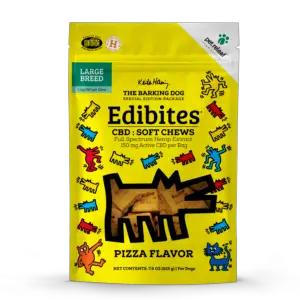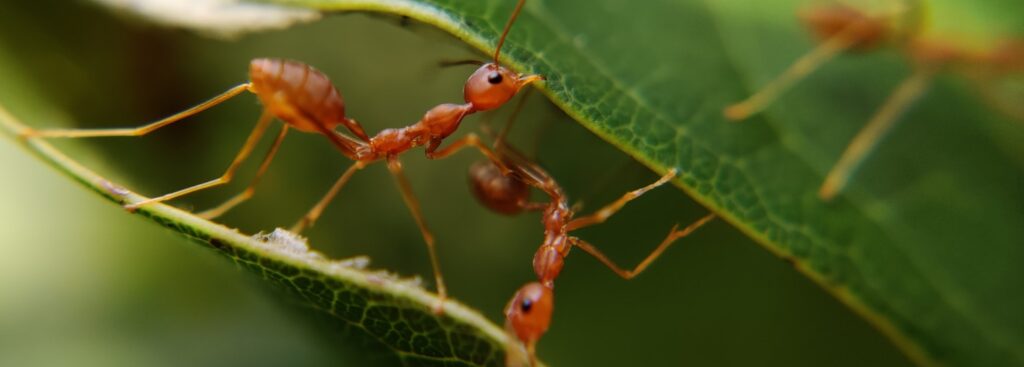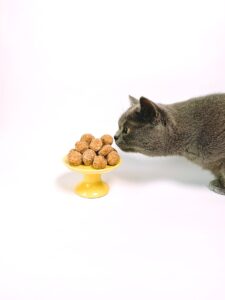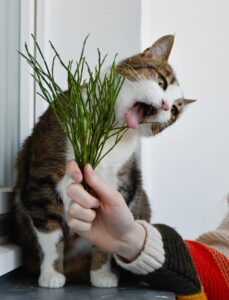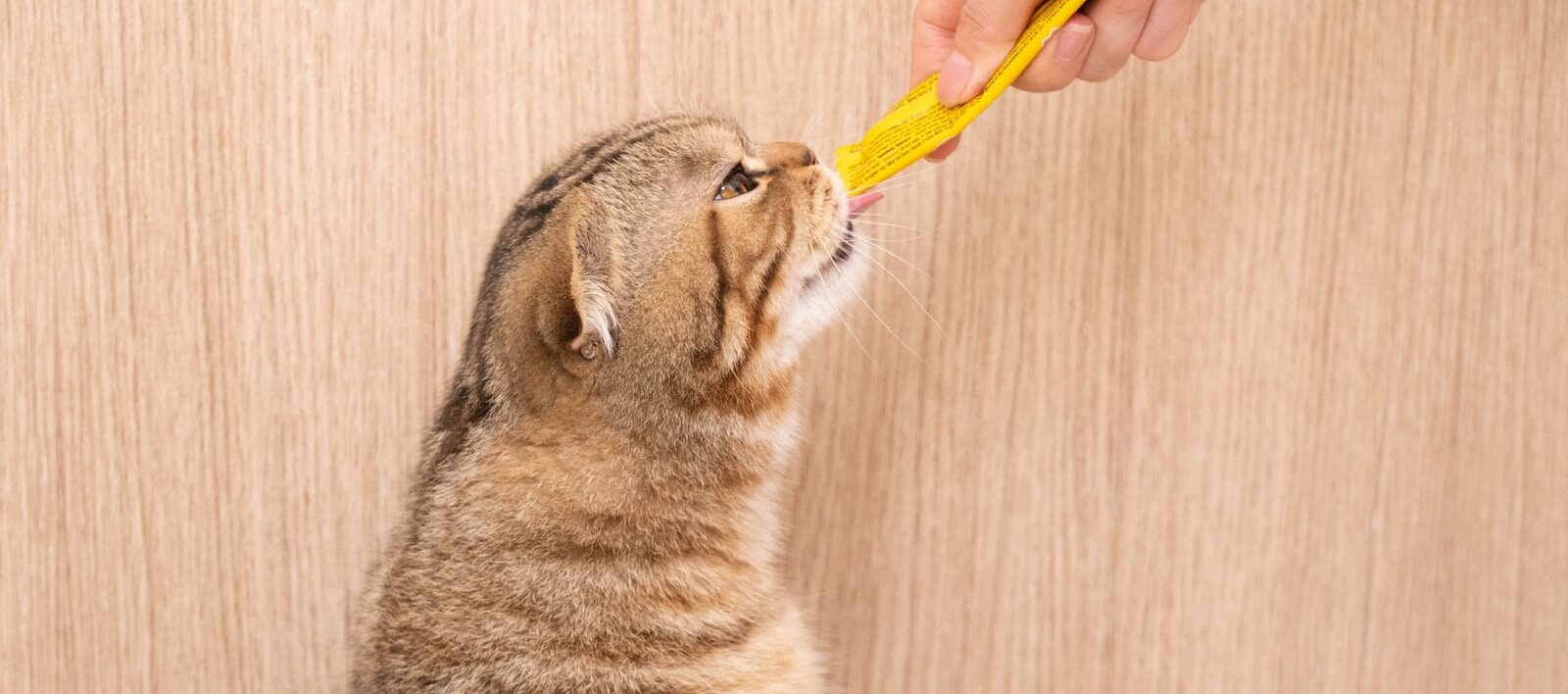
Key points
- Hypoallergenic cat food does not contain ingredients and substances that are associated with food allergies in pets. Thus, if a cat is prone to food allergies, a hypoallergenic diet might be a reasonable choice;
- Food allergies are defined as an abnormal reaction of the immune system, which is triggered by contact with a specific food component (this is often a protein);
- The most common cat food allergens include beef, fish, dairy products, lamb, wheat, and corn gluten. Additives are also likely to cause food allergies.
Just like humans, cats can develop an allergic reaction or tolerance to certain foods. If your cat shows symptoms of a food allergy or intolerance, it is essential to understand what options you have to help your pet live a healthy life.
Bald spots in the fur, rash, diarrhea, or flatulence are typically the first symptoms to signal that your pet is suffering from food intolerance or allergy.
In general, owners should not ignore the symptoms of food allergies in cats because the condition has a negative effect on the well-being of the animal. If you observe any allergy symptoms in your pet, you should make an appointment with a trusted veterinarian to investigate the causes and take further steps that can help the animal.
Veterinarians often recommend special diets for pets suffering from food intolerance or allergies. One possible option is hypoallergenic cat food. The composition of this food is specifically tailored to the nutritional needs of cats with allergies.
Table of Contents
What is Hypoallergenic Food for Cats?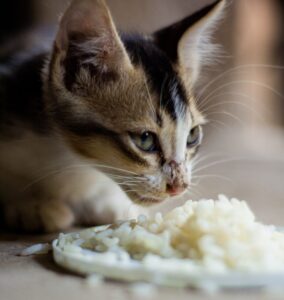
Hypoallergenic food is food formulated specifically to meet the needs of allergy-prone cats. These diets are free from ingredients that typically cause cats to experience food allergies. For example, in many cases, feline allergies are caused by protein from meat by-products, wheat, sugar, soy, and beet pulp. Hypoallergenic food for cats is also free from artificial preservatives and flavor enhancers.
In addition to being easy to digest, hypoallergenic food also usually contains only one source of protein. Therefore, the risk of your pet experiencing an allergic reaction while eating this food is very small. This low allergy potential of the diet ensures that your cat stays fit, healthy, and active despite its allergy.
Common Ingredients in Feline Hypoallergenic Diets
A hypoallergenic diet is formulated specifically to help your cat get free from allergens that can trigger its immune system. The proteins in hypoallergenic food are hydrolyzed, meaning they were broken down into smaller molecules (peptides) by a process called hydrolysis. These smaller fragments of proteins generally can’t irritate the body’s defense system, which means they are not allergenic anymore, i.e., “hypoallergenic”.
Manufacturers typically use novel protein sources such as duck, venison, or insects when formulating high-quality hypoallergenic cat diets. These protein-rich products are used because your cat is unlikely to have been exposed to them in the past. Thus, the animal cannot be allergic to them.
The ingredients in hypoallergenic diets are very easy to digest, making them particularly suitable for cats with intestinal problems. They promote a balanced intestinal flora and support the health of the intestinal mucosa. Hypoallergenic cat diets are also typically lactose-free.
In addition to hypoallergenic foods, some brands also offer hypoallergenic treats. However, you should make sure you consult a veterinarian before giving them to your pet. Also, it is best to stick to one type of diet recommended by a vet instead of switching between different foods to avoid upsetting the cat’s tummy.
Remember that many popular over-the-counter diets are not hypoallergenic, despite what is written on the label. They might contain traces of chicken, beef, or other allergens. This happens because manufacturers often use the same equipment and facilities to produce all types of pet diets, including hypoallergenic.
What is a Food Allergy?
A feline food allergy is an overreaction of a cat’s immune system to a certain trigger, i. e. food ingredients. When this occurs, the body’s immune cells are directed against one or more feed components. Essentially, the cat’s body considers these components harmful and tries to defend itself against them. There are many immune cells in cat skin, so if the pet consumes incompatible food, its skin may show symptoms of an allergic reaction. For example, if a cat starts scratching itself more and more, many owners start thinking that the pet is infested with fleas. But in most cases, intense scratching is caused by an allergic reaction, not fleas. Over-grooming behavior and itchy ears can also be signs of a food allergy.
It’s important to remember that to become allergic to some food, your cat has to have eaten that food in the past, as cats don’t develop food allergies to unknown substances. That being said, feline food allergies can develop suddenly, seemingly for no reason.
Triggers of Food Allergies in Cats
Food allergies often appear out of the blue. Your cat can tolerate its food well for years and then suddenly develop an allergic reaction to it seemingly overnight. In theory, a cat can develop a food allergy at any time. However, most cats experience allergies between one and a half and six years of age. What is astonishing for many cat owners is that the risk of allergies increases over time, especially when a cat always eats the same food. Genetic predisposition also plays a role in allergies. Thus some breeds, for example, Siamese cats are more inclined to develop food allergies.
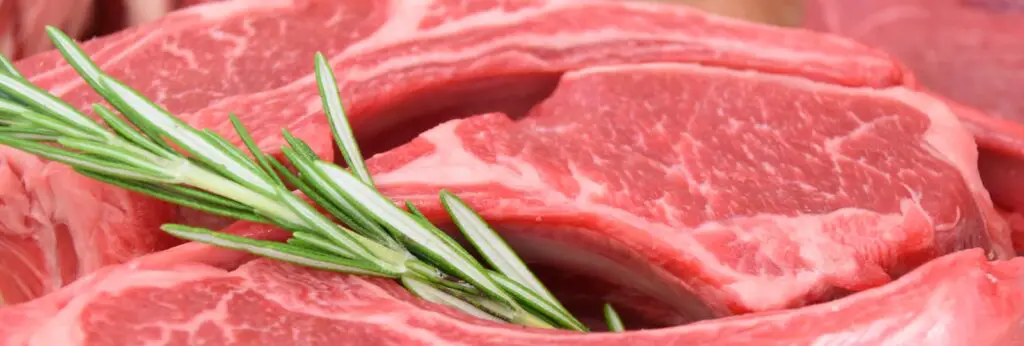
Common products that can trigger an allergic reaction in cats are protein-rich foods such as beef, chicken, soy, milk, dairy products, egg, fish, lamb, and carbohydrate-rich foods such as wheat, corn, and rice. Interestingly, not all protein is created equal. For example, if your cat is allergic to milk, this does not necessarily mean that it cannot tolerate beef either – although the chance is unfortunately great.
Symptoms of Feline Food Allergies
The symptoms of a food allergy in cats can vary, but the gastrointestinal tract and skin are affected most frequently. Allergic cats can suffer from vomiting, diarrhea, skin inflammation, outer ear inflammation, weight loss, or edema (excessive water retention in body tissue). Since cats with food allergies often suffer from severe itching, they can obsessively lick their skin sores. Furthermore, another possible symptom of a food allergy in cats is a complex of various skin changes called the eosinophilic granuloma complex. All symptoms can vary in severity and occur together or individually.
weight loss, or edema (excessive water retention in body tissue). Since cats with food allergies often suffer from severe itching, they can obsessively lick their skin sores. Furthermore, another possible symptom of a food allergy in cats is a complex of various skin changes called the eosinophilic granuloma complex. All symptoms can vary in severity and occur together or individually.
To summarize, if your cat has one or more of the following symptoms, it might be allergic to some ingredients present in its food:
- itching;
- skin inflammation;
- bald spots;
- over-grooming;
- digestive disorders such as diarrhea and vomiting;
- inflammation of certain parts of the body such as ears or paws;
- allergic asthma with severe shortness of breath.
What Can I Do About My Cat’s Food Allergy?
Unfortunately, there’s no way to treat food intolerances and allergies in cats. The only thing you can do is prevent your cat from eating the product in question. However, if you notice signs of allergies in your pet, you should take it to a vet so the professional can identify the cause of the symptoms.
First of all, the vet will make sure that your cat is not infected with mites, bacterial infections, or yeast infections that cause chronic itching.
Then, if all other possible causes of skin issues are ruled out, the vet will typically proceed with the so-called elimination diet that is used to diagnose allergies. The vet will select cat food that contains ingredients the cat has not eaten before. It will typically consist of a novel source of protein such as horse, kangaroo, deer, etc., and a source of carbohydrates such as potatoes. The labels on most commercially available canned foods do not state what types of meat the food contains. Therefore, they are not suitable for diagnostic diets. You will then need to feed your cat only this food for 6-8 weeks. You will need to eliminate treats, supplements, and medicine from the diet for that time as well.
After a few weeks, the allergy symptoms should be reduced in intensity. If your cat’s symptoms improve during the exclusion diet or even go away completely, you will start the provocation test after the 8 weeks are up. During the provocation test, you will need to feed your cat a product suspected of causing the allergic reaction. The food allergy will be considered confirmed if the old symptoms reappear within two weeks after you start feeding your pet this product.
If the allergy is not confirmed or the vet suspects that your cat may be allergic to more foods, you will start the elimination diet all over again. Little by little, you will add new potential allergens to the cat’s diet to test them. This is the only way to reliably determine which food components your cat is reacting to.
In most cases, the vet will provide tips and advice on how to feed the cat properly.
In particularly severe cases, the vet will prescribe cortisone to alleviate symptoms such as skin irritation, itching, and pain.
Hypoallergenic Food for Cats: What to Look for?
Once allergy triggers have been identified, your cat will be switched to an appropriate diet. It is particularly important to ensure that cats that suffer from allergies eat a healthy and, above all, correct diet. If there are no allergens in the food, there will be no allergic reaction.
Hypoallergenic cat food is usually a good choice, as it does not contain problematic additives and known allergens. Today, pet owners can choose from a large selection of hypoallergenic cat foods in a wide variety of flavors. Many well-known manufacturers specialize in this type of food and offer it in wet and dry formats. Ideally, the food should contain only one kind of meat. Please be careful here! As mentioned above, some pet foods contain several varieties of meat, even if only one of them is specified as the flavor.
For instance, hypoallergenic cat food from PetCan is an excellent option. Our food is made from a unique source of protein – insects, which are typically not fed to animals. This is extremely important since your cat most likely will not be allergic to insect protein. PetCan hypoallergenic cat food can also reduce the risk of allergies in healthy cats.
Gopetcan is not only a nutritionally complete and balanced diet, but it is also sustainable and eco-friendly.
Many vets will also recommend appropriate food supplements.
You can make your own hypoallergenic cat food. However, the preparation process is very complex, and you have to be careful not to use any allergenic ingredients. This is not easy because, as a layperson, you most likely won’t have enough information about different food ingredients.
How Much Hypoallergenic Food Does My Cat Need?
The recommended daily caloric intake for cats lies between 200 and 400 calories. However, your cat might have unique needs. Therefore, you should consult a veterinarian regarding the amount of food your cat has to consume every day.
When Will I See a Difference?
Are you already feeding hypoallergenic food to your cat and wondering when you will see the first effects? When switching to hypoallergenic food, patience is the key to success. Your cat’s body takes some time to respond to the change, so it has to adapt to it before you can see any improvements. During this time, the pet’s digestive system will get used to the novel diet, and the cat’s body will eliminate toxins associated with the previous allergic reaction.
Gastrointestinal issues will subside first. You should see the first changes in 2 to 4 weeks. Skin inflammation usually takes longer to go away. New outer skin cells appear only after 10 weeks. Thus, your pet will need to eat hypoallergenic food for approximately 12 weeks before all symptoms go away.
FAQ
What is the most hypoallergenic cat food?
Hypoallergenic insect-based foods are gaining popularity since the chance of your cat becoming allergic to them is tiny. Apart from providing numerous health benefits for your pet, insect-based pet foods are also sustainable and good for the Earth.
Does hypoallergenic cat food work?
Hypoallergenic cat food has been proven to help cats with food allergies. The symptoms of allergies typically start subsiding after just three weeks after you start feeding a cat hypoallergenic cat food.
What ingredient in cat food causes allergies?
Your cat may be allergic to several common foods. These include chicken, fish, corn, wheat, dairy products, soy, beef, eggs, and pork. When an allergic reaction occurs, it means that the cat’s immune system reacts to some product as if it was dangerous to the body and tries to eliminate it from the system.
Is there cat food that helps with allergies?
A hypoallergenic diet can help get the allergens out of your cat’s body and alleviate the symptoms. These diets typically consist of easily digestible food with only one source of protein. Novel protein sources such as duck, venison, or insects are generally hypoallergenic.

